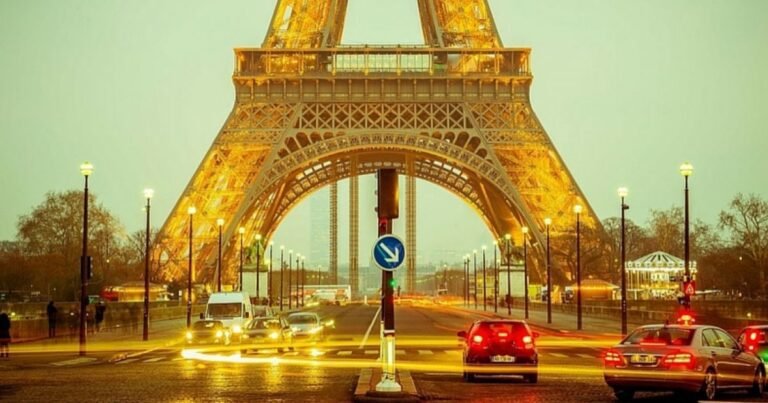8. Child passengers
It should be noted that children under the age of ten are not allowed to travel on the front seats of vehicles without using a special child seat. This is unless there is no back seat in the car, the back seat is already occupied by children under 10, or there are no seat belts.
Infants up to nine months old in a rear-facing child seat are also an exception to this rule, but the front passenger airbag must be turned off
Important: Temporary car insurance – from 1 hour to 30 days
9. Radar detectors
Radar detectors used to track mobile speed guns are illegal in France, and if you are caught carrying one – even in the boot of a car – you will face a very severe penalty.
This is one violation that the French police do not take kindly to, and you leave yourself open to a fine of at least 1,500 euros if you break it.
If you have a sat nav or GPS, make sure you disable this detector – because if you don’t, the police can still fine you.
10. Do not wear headphones
All drivers and passengers are prohibited from wearing headphones and headsets while driving, whether for music purposes or making phone calls. However, this does not include motorcycle helmets that have integrated systems.
11. If it crashes – use the orange boxes
If your car breaks down, you should use the orange emergency telephones located every two kilometers along main roads and motorways to contact the police or the official breakdown service operating in that area.
Alternatively, if an orange telephone is not available, you should contact emergency services by calling 112.
You will be towed to a designated secure area, where, in the case of those with RAC European Breakdown Cover, you can then be met by your chosen breakdown provider.
12. Driving age and what documents you will need
Unlike the UK, to be legally allowed to drive in France, a person must be 18 years old and have a full licence. If you drive a motorcycle or moped with a capacity of up to 125cc, the driver must be over 16 years of age.
Due to recently updated rules from the DVLA, you are no longer required to carry your paper licence on the Continent.
However, drivers of all ages will need their passport, as well as a copy of their insurance and a V5 form.
Since August 2021, you no longer need an insurance green card to drive in France.
13. Get a sticker
In September 2021, the national ID displayed on a UK-registered vehicle must display a UK sticker rather than a GB sticker.
The identifier can be integrated into vehicle number plates (with the Union Jack) or as a separate sticker.
Vehicles bearing the letters GB with the Council of Europe’s gold stars are no longer suitable for driving abroad.
14. Refuel your car
On your trip, you will need to refuel your car. However, when you get to the pumps, how will you know which pump to use?
Fortunately, it’s not too difficult. Gasoline is known as “core”, unleaded petrol is “unbalanced” and diesel is “gozole” or “gas oil”.
In France, many gas stations have automatic pumps that use chip and pin.
15. Parking in France
If you’re driving into a French town or city, you’ll be looking for a place to stop. However, car parking in France is very different to the UK.
Parking is free on roads with dotted or unmarked white lines, but is often only allowed on one side of the road – this can alternate every day, week or month.
There are ‘blue parking zones’, where you will need to have a blue disc for your front window to be able to use them. They can be purchased from local stores or newsagents. These areas are marked with rectangular blue marks. Failure to display the disc may result in a fine.
16. Unexpected driving practices
Pay attention to old French driving habits, such as giving way to traffic making its way to a roundabout.
For the most part, this tradition has ended, but some French motorists still adhere to the previous law, meaning they will speed into the middle of a roundabout without warning.
The important thing to remember is to be careful and steady when driving in Europe.
Traffic laws and agreements are sometimes different from ours here in the UK, so high concentration and careful planning will go a long way.
Finally, something that may seem simple but is often overlooked: Make sure you drive on the right. This applies to roundabouts too – go counterclockwise!
Return to the Driving Abroad section





